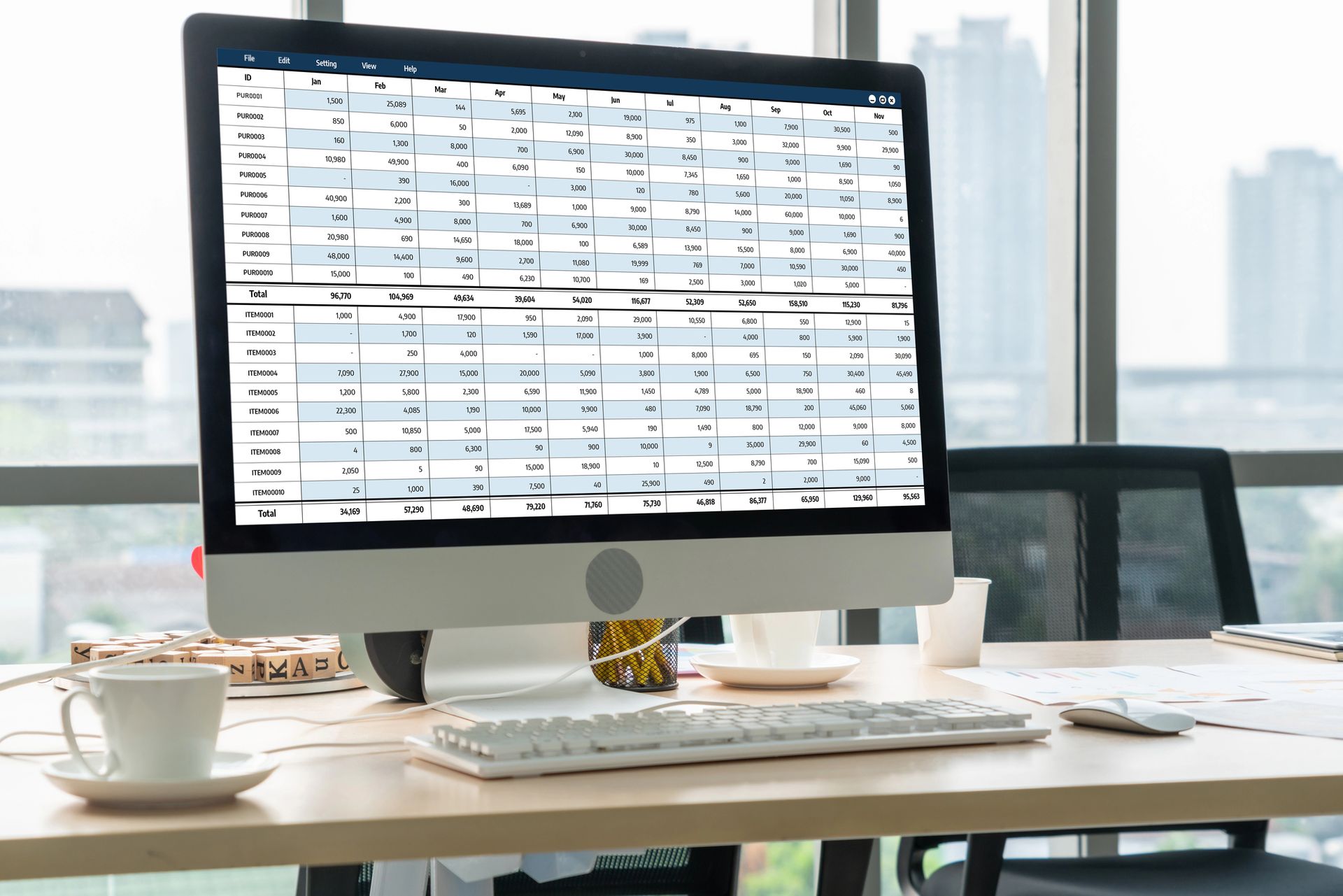How can I get back on track with my tax returns?
Background
William had been an electrical contractor operating as a sole trader for many years. He had built up a reasonable size of business but things started to go wrong after he moved his business into a limited company. He struggled to connect with his then bookkeeper and a few mistakes were made because of the operating differences between a sole trade and a company, especially where CIS deductions were involved.
He felt like he was providing all the information to his advisers but things would get lost in translation and as a result, the various submissions weren’t completed on time. Scary brown envelopes kept landing on the doorstep. He even stopped opening them and was frozen into inaction for some time.

What was the best way for us to help?
William came to speak to us. We weren’t the first accountant he had appointed to try and get things sorted out but he hadn't quite gelled with the previous accountant. We started off by listening to William and trying to understand how he was feeling. He was anxious about what was going to happen if he didn’t make the appropriate submissions and worried about how much tax he may be required to pay.
William brought a box of all the documents he had accumulated over a two year period to his first meeting and left it with us. Just knowing that he had passed the problem on to someone else was quite a relief.
What actions did we take?
The process was not without its challenges. Going back into previous tax years meant that not all of the information was available.
Once the usual anti money laundering checks were out of the way, the first step is always to gain access to the HMRC records so we can understand what has and hasn’t been done already. Once we knew what had already been completed, we could then make a plan as to how to work things through and establish how the different taxes inter-connected.
We then gathered as much business information as we could so that we could work out what was missing and whether we were able to plug the gaps. HMRC were able to send out some payroll information to us to assist with this. Fortunately for William, he had a lot of bank statements, CIS advice slips and some of the payroll and VAT submissions as well as the accounts that had been drawn up by his previous bookkeeper and accountant. William managed to track down enough of the records to allow us to piece together reliable estimates to fill in the missing pieces of the puzzle.
This left us with a list of actions in a sensible order that we could work through one step at a time. Simply having a plan for tackling a big job and working through each step methodically gave William the confidence that we were going to get things sorted out.
Depending on how far behind things get, it may take months to work through all the necessary steps. Once things were drafted, we needed to get William’s approval before we could get things submitted and work out how best to make any outstanding payments. Fortunately, as an electrical contractor William was used to having CIS deducted and was paying HMRC's VAT estimates as they came through so he didn’t have too much to pay at the end. Where a large payment of tax is due, you may be able to arrange a payment schedule with HMRC but the submissions need to be up to date before you can do this.
For William, the whole process took about 5 months to complete from signing the engagement letter to being up to date with all the submissions. This included 6 VAT returns, 2 corporation tax returns, setting up a new company payroll and making the CIS submissions and repayment claims for 4 tax years.
What helped the process move forward?
As always, we enjoy working with a client that is fully engaged and happy to respond to our questions. This sort of work is a two-way process and it works best when you answer questions quickly, even if the answer is that you don’t know something.
You need to find an accountant or adviser that you trust and can communicate with. It’s a very personal relationship so you need the right person. If you don’t find the right person initially, its ok to make a further change.
What was the outcome?
William’s business has now moved onto our usual Armet Accounting processes. You can find out what that looks like by reading the “what can I expect when” blogs for Accounts and Corporation Tax, VAT, Payroll or Self-Assessment.
William's company is up to date with their submissions and payments and there are no more nasty tax surprises. Even if HMRC did decide to challenge things, we are in a position to be able to demonstrate compliance.
William is able to concentrate on growing his business, knowing that both he and the company are meeting all their tax obligations and he has up to date business records that give him a snapshot of what is going on at any time.
If you have got behind with your submissions, the sooner you bring things up to date, the easier you will sleep at night.










